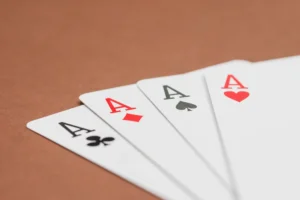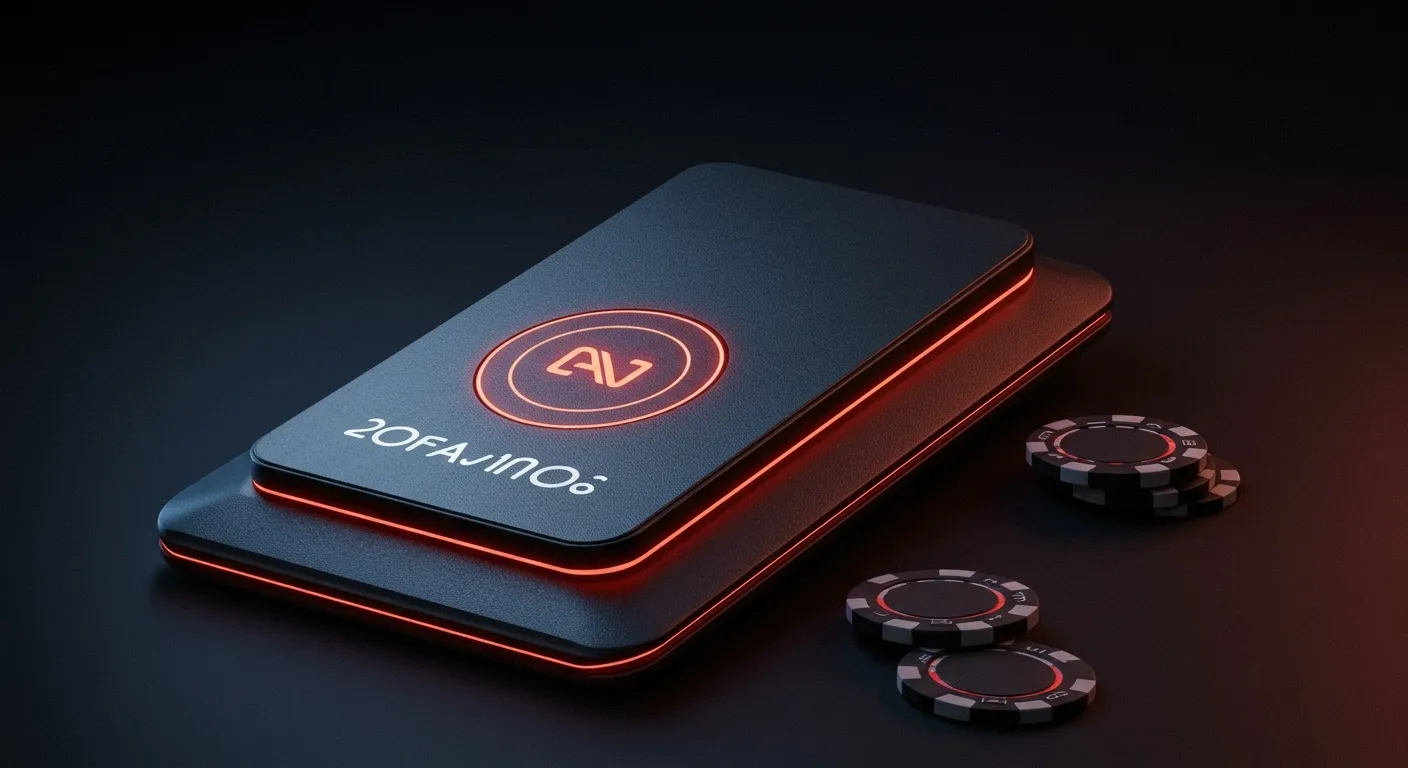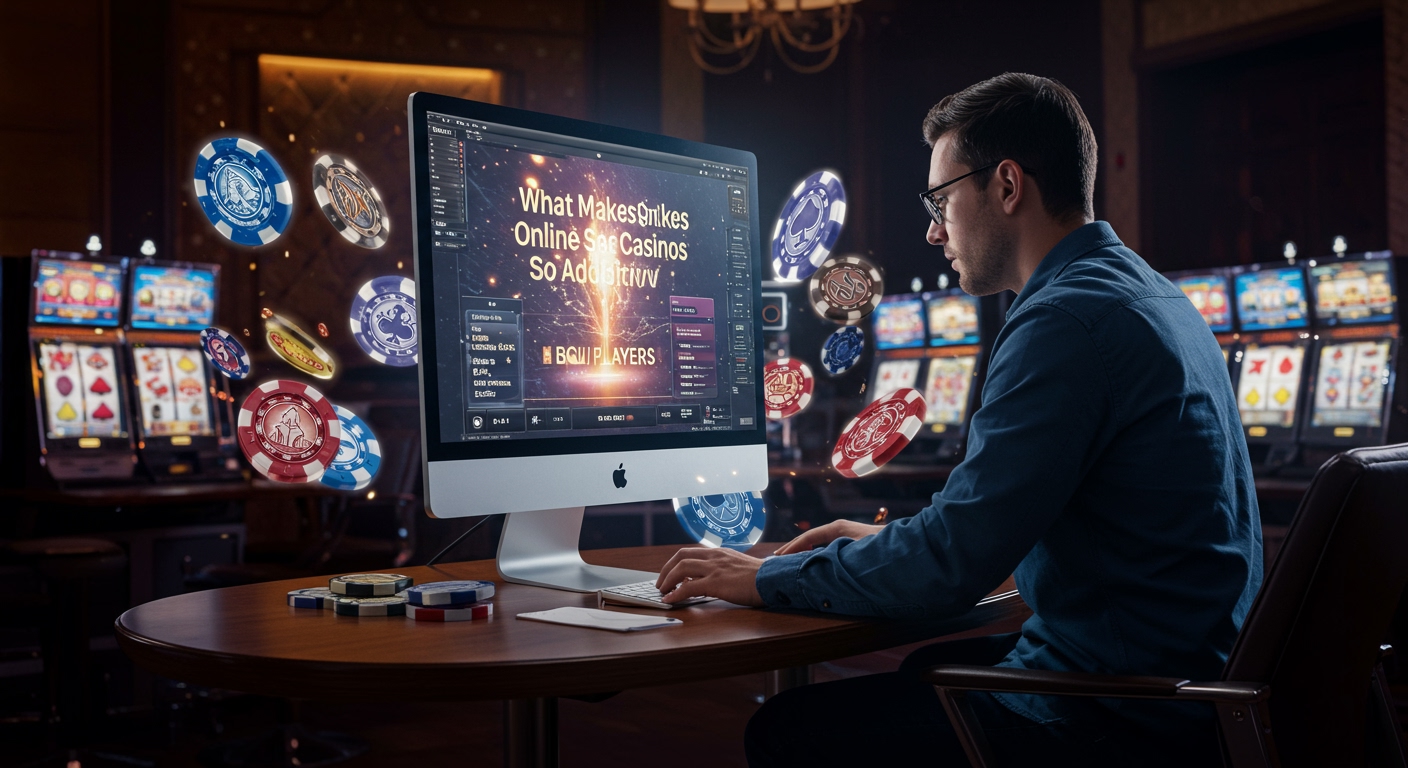Slot machines are often seen as the heartbeat of a casino floor, buzzing with lights, sounds, and fast-paced gameplay. Yet, very few players stop to think about how much design effort goes into making these games so captivating. The truth is, every detail — from the color of the symbols to the frequency of small wins — is carefully crafted with one clear goal in mind: to keep players engaged for as long as possible.
From my perspective as someone who has studied both the psychology of gaming and the casino industry’s evolution, slot design is one of the most fascinating intersections of entertainment, behavioral science, and technology. To understand how casinos maximize playtime, it’s essential to break down the strategies and mechanics embedded in these games.
The Power of Small but Frequent Rewards
One of the most effective tools in slot game design is the use of frequent, smaller wins. Psychologists often refer to this as a “variable ratio reinforcement schedule,” where rewards come unpredictably, but often enough to keep players hopeful and motivated. Even when these payouts are less than the original wager, they create the feeling of winning, which encourages continued play.
This concept isn’t unique to physical machines. Online platforms, particularly non uk casinos, leverage the same principles in their digital slots. By offering a steady stream of minor wins, bonuses, or free spins, these sites create a rhythm that feels both exciting and rewarding, leading players to extend their sessions far longer than they initially planned.
Visual and Audio Engineering
Casinos know that slot machines must capture attention instantly. That’s why so much design effort goes into visual appeal — bright colors, sharp graphics, and themed artwork ranging from mythology to blockbuster films. Themes give players a sense of familiarity or adventure, encouraging them to try new machines based on personal interests.
Equally important are sound effects. The celebratory jingle after a win, the subtle chime of spinning reels, and even the background music are all engineered to reinforce excitement. These audio cues often exaggerate the size of wins, making even small payouts feel significant. The sensory immersion reduces the awareness of time, allowing players to stay engaged without noticing how long they’ve been seated.
Near-Misses and Anticipation
One of the most studied features of slot game psychology is the “near-miss.” This happens when the reels stop just one symbol away from a jackpot or bonus round. Research has shown that near-misses activate the same areas of the brain as actual wins, creating a strong urge to keep playing.
Casinos and developers use this tool carefully, balancing the thrill of “almost winning” with the frustration of not quite making it. When done correctly, near-misses generate anticipation and the belief that the next spin could be the big one — a powerful motivator for extended playtime.
Game Mechanics and Bonus Features
Modern slot games have gone far beyond simple spinning reels. Features like multipliers, cascading symbols, progressive jackpots, and interactive bonus rounds add layers of engagement. These mechanics give players something to chase beyond standard line wins.
Bonus rounds are especially effective. They break up the monotony of spinning reels, offering players mini-games or challenges with the potential for bigger rewards. This variation not only keeps the gameplay fresh but also increases the average time players spend on a single machine or digital slot.
Personalized Experiences in Online Slots
As online casinos evolve, personalization has become a key driver of engagement. Digital platforms collect data on player preferences — from favorite themes to betting patterns — and use this information to tailor promotions, suggest similar games, or trigger special offers at just the right moment.
For instance, if a player frequently engages with slots that feature mythology, they may be shown new games with similar storylines or artwork. This level of customization creates a sense of personal connection to the platform, keeping players invested in returning for longer sessions.
Psychological Flow and Time Perception
One of the most powerful aspects of slot design is its ability to create a “flow state.” Flow is a psychological condition where players become so absorbed in the activity that they lose track of time and external concerns.
Slots achieve this through fast-paced spins, minimal downtime, and a balance of risk and reward that keeps players hovering on the edge of excitement. The repetitive nature of spinning, paired with unpredictable outcomes, lulls players into a rhythm that feels both engaging and effortless. Hours can pass unnoticed, which is exactly what casinos aim for when designing these experiences.
Responsible Gaming Measures
While the design of slots is geared toward maximizing playtime, responsible casinos also recognize the importance of balancing engagement with player protection. Many online and land-based casinos now incorporate tools that allow players to set time limits, deposit caps, or self-exclusion periods.
The introduction of these features shows that while casinos want to maximize playtime, they are also being pushed by regulators and social expectations to encourage healthier gaming habits. This dual approach protects players while ensuring the long-term sustainability of the industry.
The Future of Slot Game Design
Looking ahead, technology will continue to redefine slot experiences. Virtual reality (VR) and augmented reality (AR) promise to immerse players in even richer environments, while artificial intelligence may fine-tune experiences in real time to keep engagement levels high.
Gamification — where slot play resembles video games with quests, achievements, and progression systems — is another frontier. These features not only extend playtime but also appeal to younger demographics who value interactive, goal-oriented entertainment.
As the industry grows, the challenge will be finding the balance between innovation, engagement, and responsibility. Casinos that master this balance will not only maximize playtime but also build long-lasting trust with their players.
Conclusion
Casinos design slot games with meticulous attention to detail, combining psychology, technology, and entertainment to maximize playtime. From small frequent rewards to near-misses, from immersive visuals to personalized offers, every element serves a purpose.
While some may view these designs as manipulative, others see them as a form of interactive entertainment that thrives on excitement and anticipation. As long as players remain mindful of their limits, slot machines can continue to offer thrilling experiences without becoming overwhelming.
The next time you sit down at a slot machine — whether in a buzzing casino or through an online platform — remember that the design is working behind the scenes, carefully calibrated to keep you engaged for just a little bit longer.






